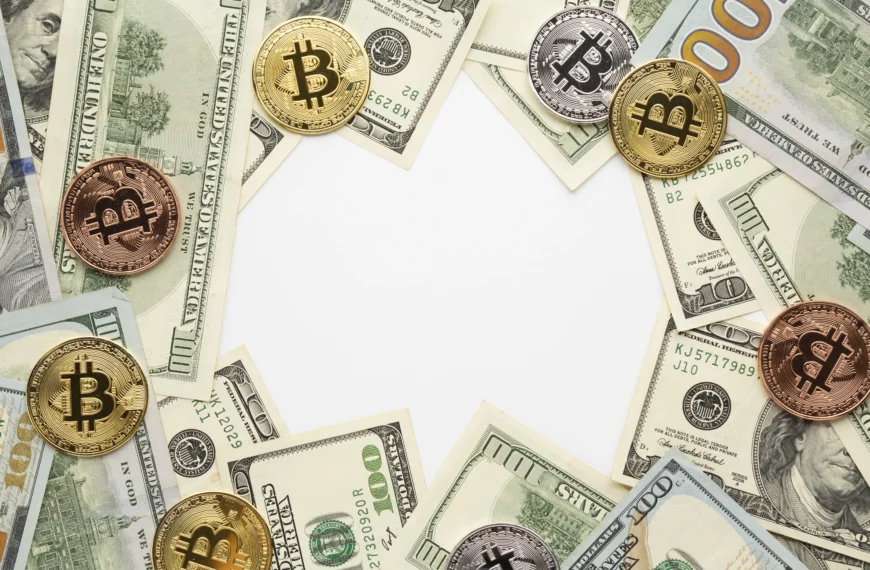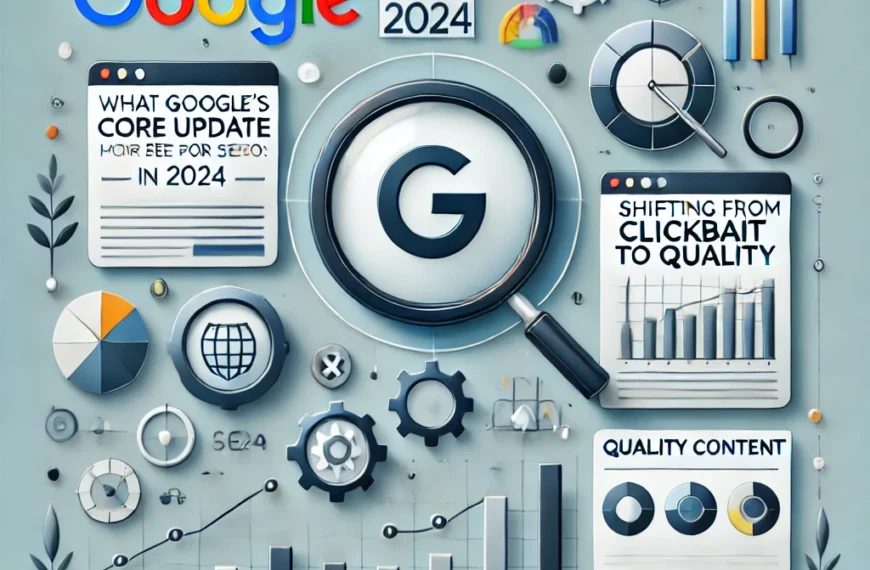When the U.S. declared economic war on China, the goal was clear: make America great(er) again by bringing jobs back, punishing unfair trade practices, and flexing tariff muscles like it was a national sport. But fast forward to 2025, and it seems like the only thing being flexed now is your grocery bill.
Let’s break down the tug-of-war, the economic bruises, and whether this is a 4D chess game—or a chaotic shopping spree gone wrong.
Table of Contents
Understanding the Tariff Tug-of-War
The U.S.-China trade war didn’t begin with a bang—it started with a tweet. Or several. Back in 2018, then-President Donald Trump slapped tariffs on billions worth of Chinese goods, claiming China was engaging in unfair trade practices, stealing intellectual property, and running away with American jobs like it was Black Friday at Walmart.
China responded in kind—because, of course, it did. What followed was a tit-for-tat slugfest of tariffs, counter-tariffs, and negotiations that went in circles faster than a politician answering tough questions.
Now, in 2025, round 2 is here. The U.S. has raised tariffs on Chinese imports to a staggering 245% in some cases. China? They’re hitting back with tariffs of up to 125%. If this were a boxing match, both countries would be stumbling around with black eyes and swollen wallets—but only one has to worry about voters holding them accountable.
The Real Cost to American Consumers
So, who’s paying for these tariffs? Here’s a hint: it’s not China.
Despite what the sound bites may say, tariffs are essentially taxes on imports, and those costs get passed right along to—you guessed it—you.
Want a new phone? That’ll cost extra. How about some new appliances or clothes? Yep, those too. Even grocery items like seafood, produce, and snacks have gone up in price due to retaliatory tariffs and disrupted supply chains.
A 2024 report from the National Retail Federation found that American households were paying an extra $1,200–$1,500 a year due to trade war-related price hikes. And that was before the latest tariff hikes came in swinging like a sledgehammer.
It’s no longer just economists who are sweating—average families are asking why their toaster now costs as much as a used car.
Farmers, Factories, and Fallout
Remember when Trump promised to protect American farmers and bring back manufacturing? Well, those promises may now come with a side of irony.
Farmers are among the hardest hit. China, once the top buyer of U.S. soybeans, pork, and corn, has pivoted toward Brazil, Russia, and other more “tariff-friendly” nations. Despite government subsidies (a.k.a taxpayer bailouts in flannel shirts), many small farms are facing bankruptcy.
Also Read: Is Trump Using Tariffs to Rewrite the U.S.-Japan Alliance Deal?
Factories, meanwhile, aren’t exactly booming. The increased cost of imported raw materials has driven up production costs, forcing manufacturers to either eat the cost or raise prices. Spoiler: they’re not eating the cost.
Recent data shows U.S. manufacturing output is down 3.5% year-over-year, and new job creation in industrial hubs has slowed to a crawl. Turns out, you can’t MAGA your way past global supply chain economics.
China’s Countermoves: Playing Chess or Just Waiting Us Out?
While the U.S. makes a lot of noise about trade, China is playing it cool, ike a panda that knows it’s got backup bamboo.
Beijing has been quietly diversifying its trade partnerships, deepening ties with countries like Brazil, India, and members of the RCEP (Regional Comprehensive Economic Partnership). It’s also investing heavily in self-reliance, pouring money into domestic chipmaking and tech development to reduce dependency on U.S. imports.
And while the Chinese government doesn’t have to worry about elections (or explaining inflation to an angry public), it does worry about long-term economic stability. So instead of retaliating loudly, it’s strategizing silently, letting the U.S. bear the brunt of public dissatisfaction.
They might not win the PR war, but they could outlast the political clock.
What Wall Street Thinks—and Fears
Wall Street doesn’t like drama unless it’s a dramatic surge in stock prices. Unfortunately, trade wars rarely offer that kind of thrill.
Markets have been jittery with every new tariff announcement. Tech companies dependent on Chinese parts are seeing profits shrink. Agricultural giants are worried about long-term export markets drying up. Even retailers like Walmart and Target have issued warnings about potential price hikes across their inventory.
The Dow has become a seesaw—one tweet or policy tweak away from a nosedive. Analysts are warning that prolonged tariff battles could lead to a slowdown in GDP growth, reduced corporate earnings, and a drag on consumer spending.
Translation: Even the rich folks are sweating now.
Is There an Off-Ramp or Are We All Just Along for the Ride?
So, is there a way out of this economic demolition derby?
Possibly—but it’s complicated. De-escalation would require both countries to return to the negotiating table with real concessions and fewer ego trips. But in an election year, no leader wants to look “soft,” especially not Trump, whose base sees tough-on-China policies as a political badge of honor.
Meanwhile, businesses and consumers are the ones bracing for impact, hoping this doesn’t spiral into a full-blown trade cold war.
Unless cooler heads prevail, we may all just be passengers on a tariff train—with no driver, no brakes, and rising ticket prices.
Final Thoughts: The Real Price of Economic Warfare
The trade war with China may have been launched with the promise of American revival, but it’s increasingly looking like an own goal with inflation, supply disruptions, and strained industries.
Sure, tough talk sounds great in stump speeches. But for millions of Americans checking their receipts at the checkout line, the question remains:
Are we protecting American jobs—or just punishing American wallets?












